The Indian freedom struggle witnessed many highs and lows, multiple mutinies and rebellions before we became a free country. Take a look at some lesser-known ones that changed the course of history.
Illustrations: Satheesh Vellinezhi
Highlighting four crucial movements within the Indian freedom struggle.
The Indian freedom struggle witnessed many highs and lows, multiple mutinies and rebellions before we became a free country. Take a look at some lesser-known ones that changed the course of history.
Illustrations: Satheesh Vellinezhi
The chess capital of India is currently hosting one of the biggest chess events in the world. Get all the details with this video.
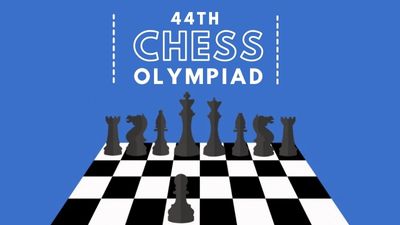
The Quit India Movement was an inspiring chapter in India’s freedom struggle. A look at this historic event in numbers…
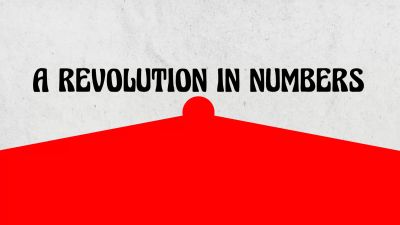
Two chess boards with 10 differences. Spot them all
Two boards, 128 squares, and 32 coins. They are similar, yet 10 differences set them apart. How many can you spot?
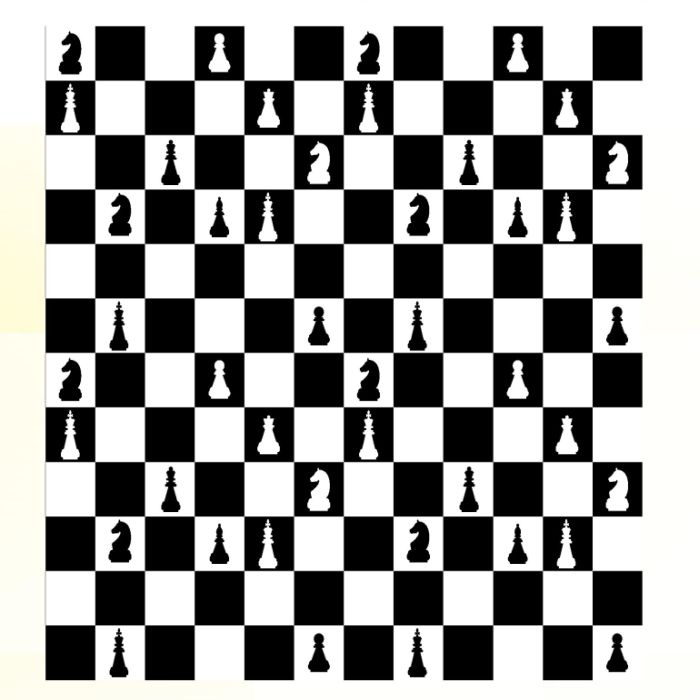
All of us know that there are four seasons – spring, summer, autumn and winter. But did you know that there are places where it’s almost summer through the year?
Imagine if we had summer all through the year. Impossible, you say? Well, there are some places where there are no seasons. There has been no rain in some of these places for millions of years. All year long it is hot and dry. Pelican Point in Namibia gets an average rainfall of 8.13mm per year. Though it is known for its dryness, it is a much sought-after surfer spot. In Wadi Halfa, Sudan, they enjoy an annual rainfall of 2.45mm. It lies in the middle of the Sahara and is a picture-perfect desert town. Aswan, Egypt, may be known for its dam but for most of the year there is no moisture and it remains hot and dehydrated. The city’s closeness to the Tropic of Cancer also contributes to the high temperature and dry weather. The other places known for their dry weather are Al-Kufrah in Libya and Arica in Chile
Let’s take a look at some of the other places.
A crossword on the world of advertising. How many can you get right?
What are ads? How much do you know about the world of ads? What are billboards? What constitutes the ad world? To find out more, get cracking on this crossword.
This year, for Friendship Day, give your friends a piece of your heart…find out how!
In 2011, the United Nations declared July 30 as International Friendship Day. In India, we celebrate it on the first Sunday of August. Irrespective of the day, the essence of the day remains one – to celebrate the bonds of friendship between countries, communities, cultures and most importantly, among individuals.
Friendship Day encourages people across the globe to connect with others.
While every day with friends is special, why not use this special day to show them how much you care. Here is a super-easy origami heart to tell your friends how you feel about them …
Illustration:IStockPhoto/ Getty Images
Did you know that there are parts in our body that we don’t need anymore? Click here to learn more…
We evolved over millions of years – from apes and then various human species – to look and behave like we do today. And there’s proof of that in our own bodies!
There are several body parts that once were useful to ancient humans but don’t have a role to play today. Some have shrunk and some rendered useless, but all proof of the marvellous process of human evolution.
Here are a few of them, and the purpose they served:
Appendix – Helped early humans digest plants that were rich in cellulose. A change in our diet has rendered it unnecessary.

Wisdom Teeth – Set in powerful jaws, these teeth helped early humans grind food like twigs and raw meats. Since we have moved on to cooked food, our jaws have become smaller and thus cannot fit all wisdom teeth.
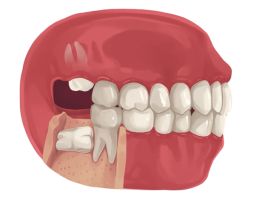
Coccyx (tailbone) – Our primate ancestors who did not stand up straight used the tail to help them balance. As we evolved and became upright, our tails shrank and all that is left is just a hint of a tail at the base of our spine.
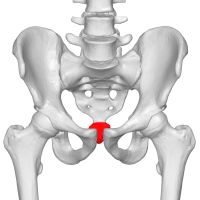
Auricular muscles – Animals use these muscles to move their ears around to locate sound. Noticed how a dog’s ears perk up when it hears a sound? Ours don’t because our neck is quite flexible and we have lost control over these muscles.
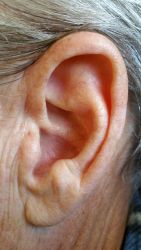
Pyramidalis muscle – About 20% of humans do not have this triangular muscle located in the lower abdomen. It has now serves no purpose to the functioning of the abdomen.
Arrector pili – These muscle fibres that produce goose bumps when they contract were used by ancient humans to their advantage. Along with a lot of body hair, and these muscles they used it to keep themselves warm.
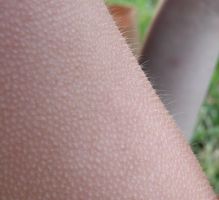
Plica semilunaris – Known as the third eyelid, it is a fold of tissue found on the inside corner of the eye. Some animals, especially reptiles, can pull this membrane across their eyes to protect them from debris and keep them moist. Though we now have a hint of it left, we cannot control it anymore.

Find the names of the above body parts (or a part of the names) in this grid below.
Can you match these popular rhymes to their illustrations?
Nursery rhymes have existed for over many hundreds of years ago. In fact, the first English collections, Tommy Thumb’s Song Book, and its sequel were published 1744!
These rhymes evolved not as fancy songs but each had a specific purpose. There were lullabies meant to put young children to sleep; songs that taught moral values; the days of the week; counting, and so on…they served to educate and entertain.
In this puzzle are six popular nursery rhymes. Match them to their 100-year-old illustrations.
Planets, asteroids, and meteors … August has some of the best nights for astronomical events
This month’s astronomical calendar is bursting with comets, meteor showers and supermoons. While, many of these exciting events will be visible to the naked eye, sometimes you may need a pair of binoculars.